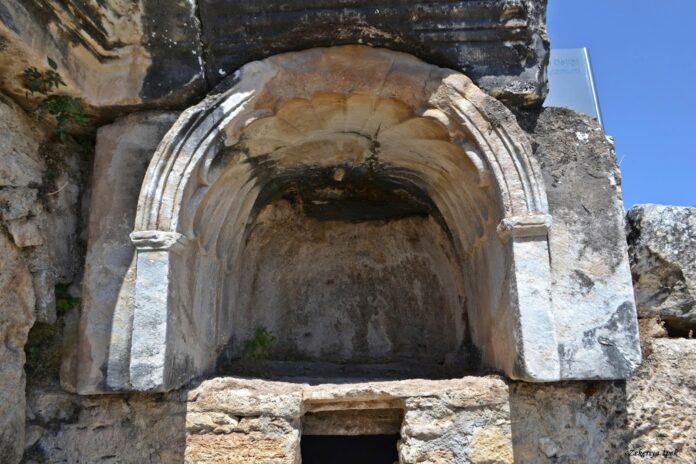A Journey Through Time: From Phrygian Origins to Christian Conversion
The Birth of a Sacred City
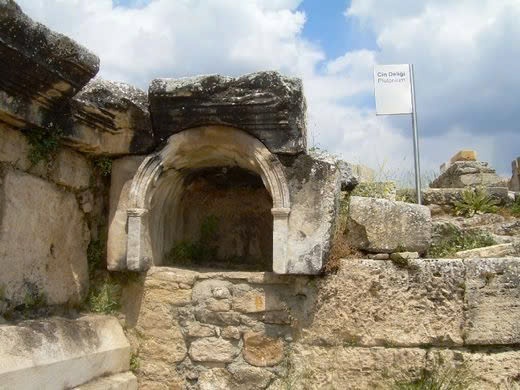
In the heart of ancient Anatolia, a city was born from legend and faith. Hierapolis, meaning “Holy City,” emerged from the mists of time, its foundations rooted in the sacred site of Cybele. The story begins in the 2nd century BC when Eumenes II, King of Pergamum, officially founded the city, naming it after Hiera, the beautiful wife of Telephos, Pergamum’s legendary founder.
Rise to Prominence Under Roman Rule
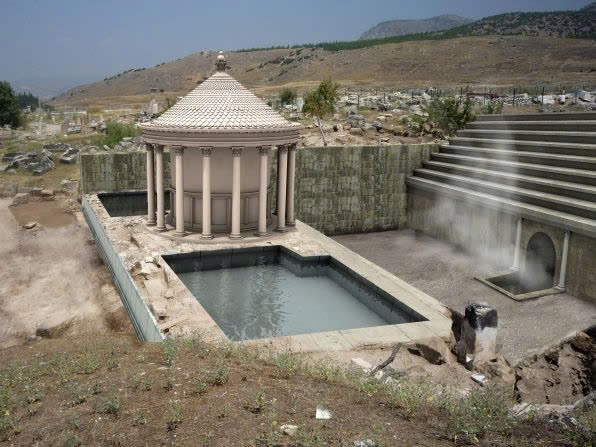
As the wheels of history turned, Hierapolis found itself under Roman control in 129 BC. The city flourished, becoming a key player in the spread of Christianity across Asia Minor. Its significance grew when it became the final resting place of Philip, one of Jesus Christ’s twelve Apostles. This holy connection catapulted Hierapolis to new heights of religious importance in the 4th century AD.
The Ploutonion: A Gateway to the Underworld
A Deadly Natural Wonder

At the heart of Hierapolis lay a natural marvel that both fascinated and terrified – the Ploutonion. Built between 100 BC and AD 100, this sanctuary honored Hades-Pluto and his wife Kore-Persephone. Its centerpiece was a natural cave that exhaled hot, toxic vapors of carbon dioxide, creating an invisible mist of death.
Rituals and Sacrifices at the Threshold of Hades
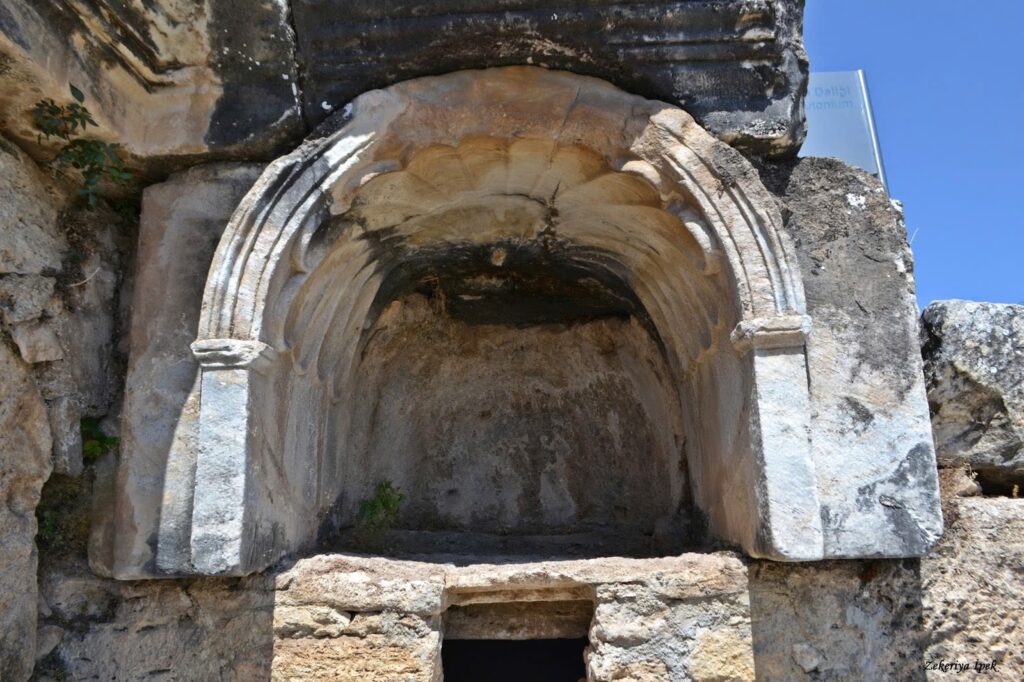
The Ploutonion became a stage for dramatic rituals. Galli, the eunuch priests of Cybele, would descend into the misty chamber, emerging unscathed to demonstrate their divine protection. The gateway, built into an open-air arena surrounded by spectator seating, witnessed chilling animal sacrifices at dawn, when the deadly CO2 “lake” was at its most potent.
From Pagan Wonder to Christian Closure
The End of an Era
As Christianity swept through the region, the Ploutonion’s days were numbered. In the 6th century, the “Gate to Hell” was sealed shut, a symbol of the new faith’s triumph over pagan practices. For centuries, it lay forgotten, a silent sentinel to a bygone era.
Rediscovery and Modern Wonder
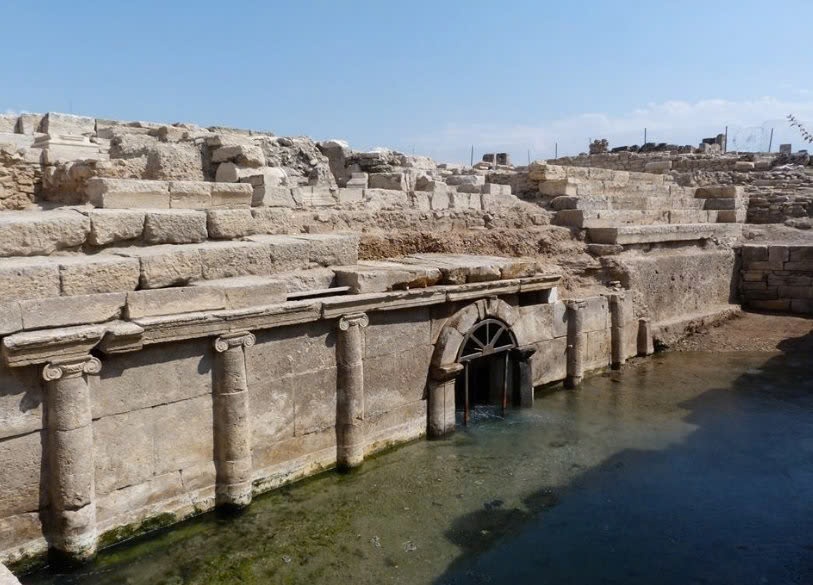
It wasn’t until 1965 that archaeologists unearthed this ancient wonder, bringing to light a captivating piece of history. Today, the Ploutonion stands as a testament to the rich tapestry of human belief and the enduring power of natural phenomena to shape our mythologies and religions.
